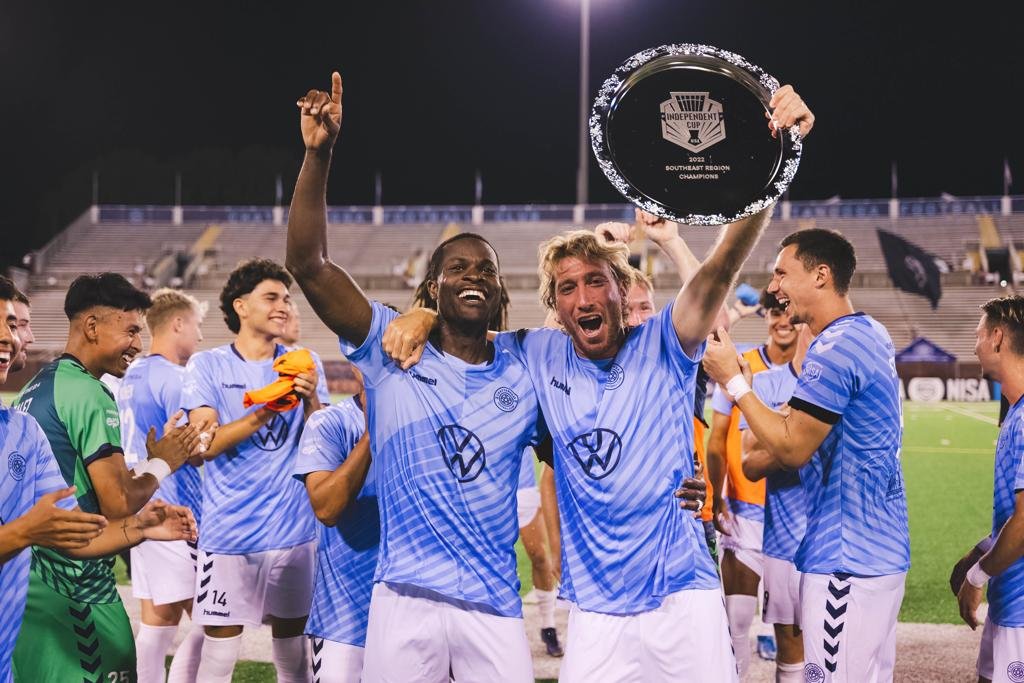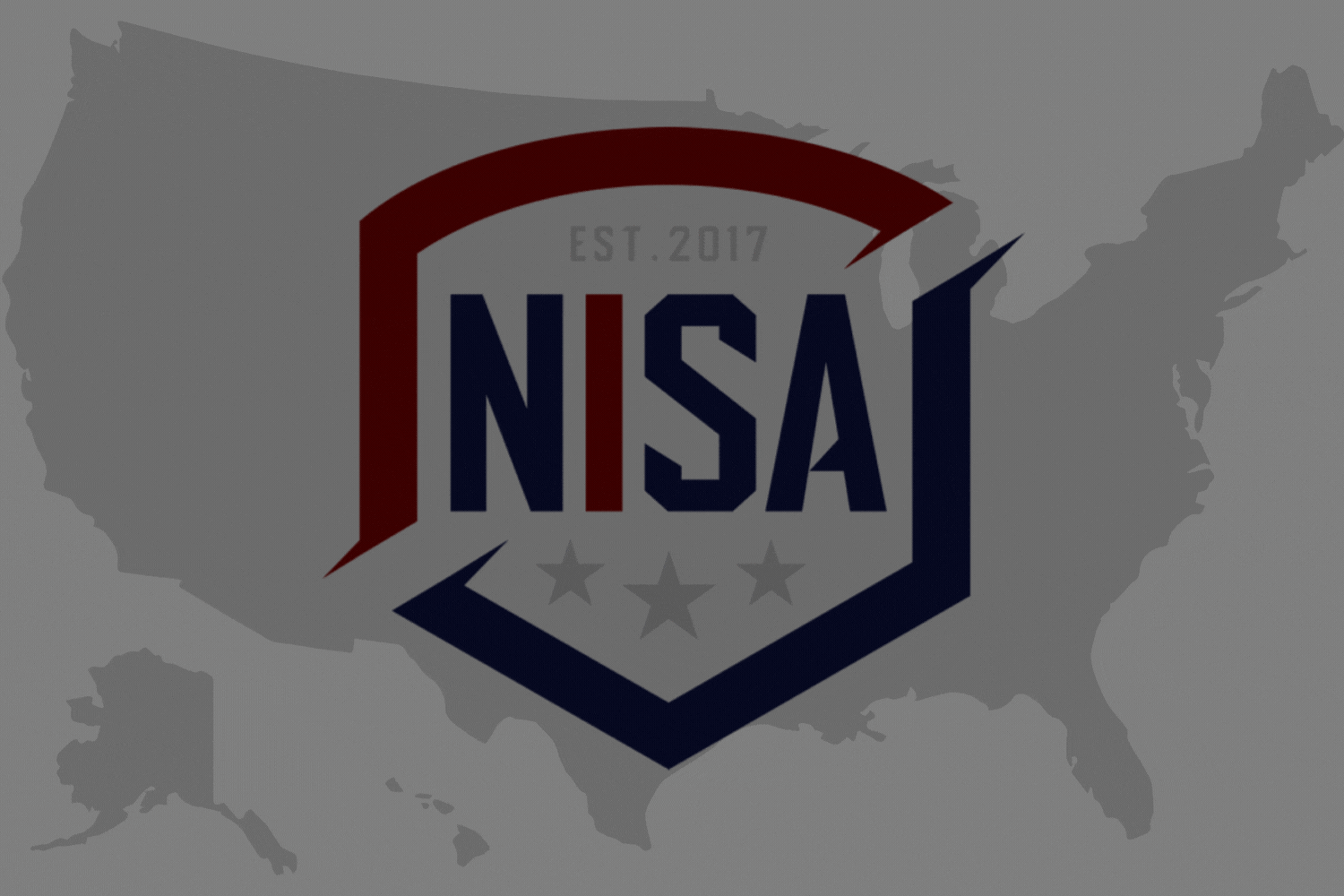NISA's Niche in the Pyramid
Given the seemingly never-ending flood of headlines regarding the Division 3 soccer league, NISA, it would be easy to assume that the league is doing nothing significant or lasting. The rush to judge the league as a failure or to criticize the clubs for involving themselves seems to have become a pastime of online trolls who have allegiances with other leagues. Even fans of NISA member clubs find themselves having to decide between defending the league, joining the dogpile, or simply logging off.
Contrary to all that noise, however, there are actually many redeemable qualities of NISA, including the rise of several previously-unknown clubs (Maryland Bobcats, Michigan Stars), the preservation of several clubs stuck without a home at the time (Detroit City FC, Chattanooga FC), the promotion of many previously-amateur clubs into professional ranks (with better or worse results), and, most notably, the massive number of players getting paid to play the game of soccer. In fact, that last point is the most important reason for the existence of the league.
When CFC needed a home, NISA was the necessary destination. Image courtesy of Chattanooga FC.
The Payment Pyramid
Many fans of amateur men’s soccer clubs should be forced to recognize that players, playing for thousands of clubs across the country, are doing so for free. In fact, the entirety of lower league soccer in the United States, aside from the one division two league (USLC) and three division three leagues (NISA, USL1, and MLSNPro), is built on the back of unpaid labor. Much like collegiate teams, which tout talent development and educational benefit, amateur clubs are building brands through the use of the bodies of young men, who hope to make it big in one of the paying levels of the sport. In that way, there’s a case to be made that NISA, flawed as it has been so far, is serving a greater good in the sport of men’s soccer.
Quick aside, this is no indictment of amateur clubs. The system is the way it is and without massive investment, public pressure, and federation involvement, it won’t change.
While players, much like fans, may be fed up with some of the ridiculousness of NISA, the reality is that the league is full of promising talent. Players who would be playing for amateur sides are getting paid something (yes, probably not enough) to develop their abilities. The clearest indicator of that talent depth is the number of players who have played in NISA but who now ply their trade in other professional leagues. NISA is developing talent, showcasing the players, and, in many cases, the players are getting opportunities previously denied them.
The NISA Pathway
NISA is very young, but consider the trajectory of this player movement trend. In the league’s first year, 2020, NISA saw just two players move into other professional leagues, Christian Herrera and Raymond Lee. However, in 2021, the total skyrocketed to 13 players (including Matt Lewis’ short loan to El Paso Locomotive). But the real growth came last, when 2021’s number almost tripled to 34 players who moved between NISA and other professional clubs. Talent is being groomed and developed for professional soccer in NISA, say what you will about the league’s issues, that fact is undeniable.
Earlier this week, Khalid Balogun joined that ever-growing list of players who spent time in NISA before getting a chance in USL League One and other leagues. Lexington SC, a 2023 USL1 expansion side, signed the forward after a strong showing for the Maryland Bobcats in 2022. In the club’s press announcement about the signing, Balogun is quoted, “to be one of the first signings in this club’s history is truly humbling and special for me and my family. I’ve worked incredibly hard to reach this level.” That effort helped Maryland qualify for the playoffs last year and, in turn, earned the attacker the attention he deserved. Say what you will of NISA, but the Bobcats gave Balogun a platform to shine and he used that opportunity to continue his career.
I am well-aware of the problems with NISA. As one of the hosts of Knights Who Say NISA, those issues are debated twice a week on our show and ad nauseam on social media. However, I am also convinced that NISA is doing some good work regardless of its missteps. Could the league do better? Of course! But the good should be acknowledged with the bad. The league is giving paid work to a large group of young men, many of whom are leveraging the exposure into further employment. And that, in the end, is a great thing.
(All counts of player transfers, loans, and signings are from our stats department [Dan Creel] and should be considered rough counts)
- Dan Vaughn

